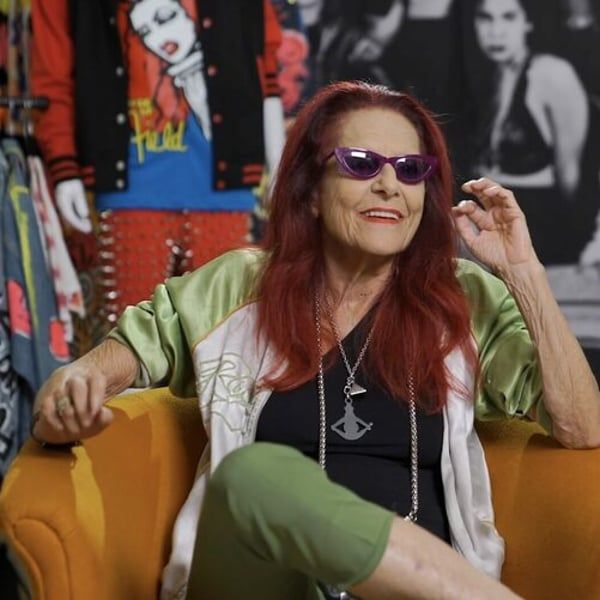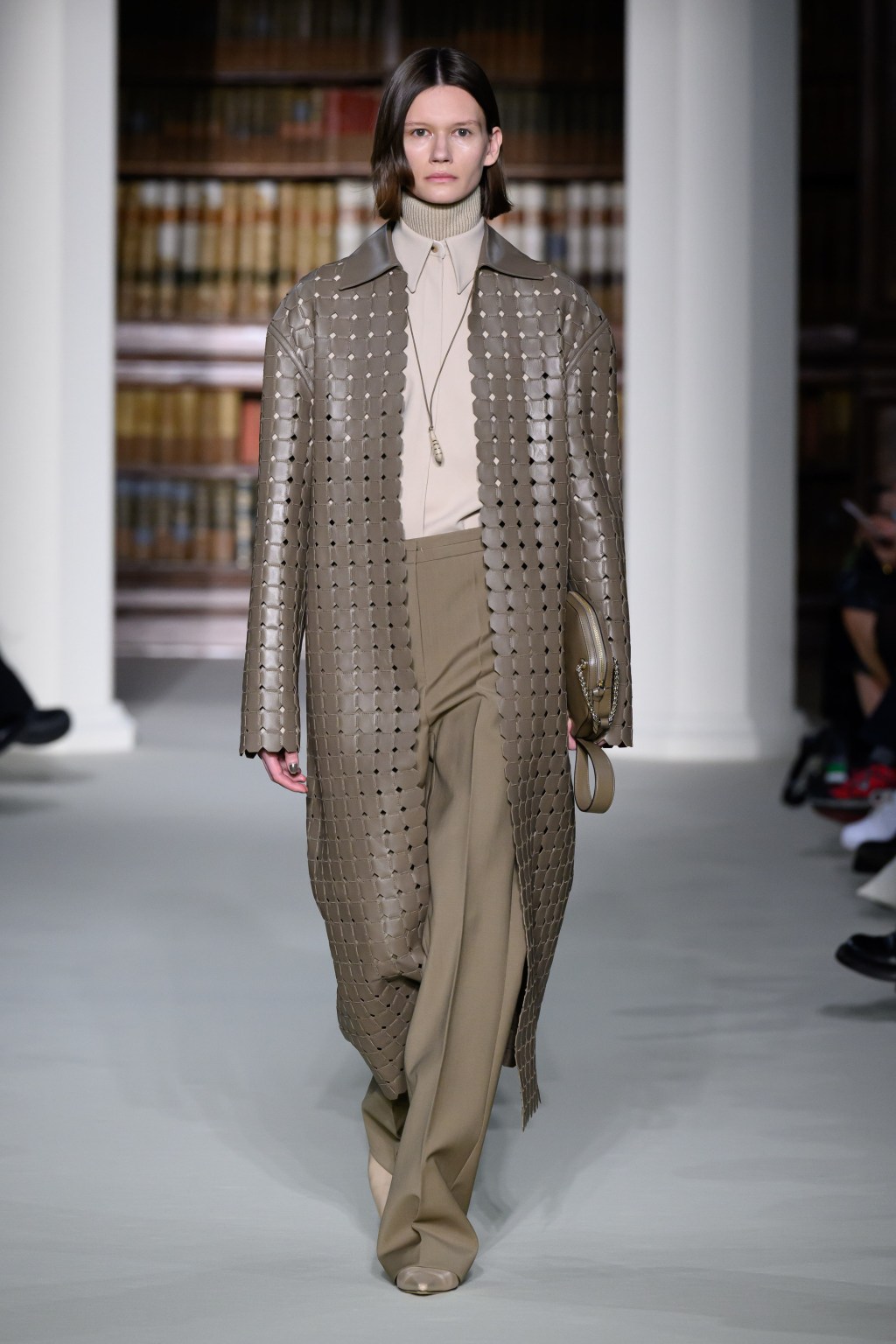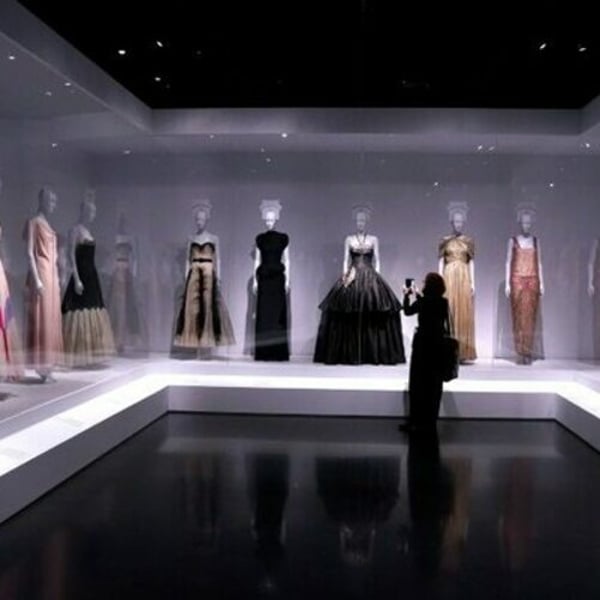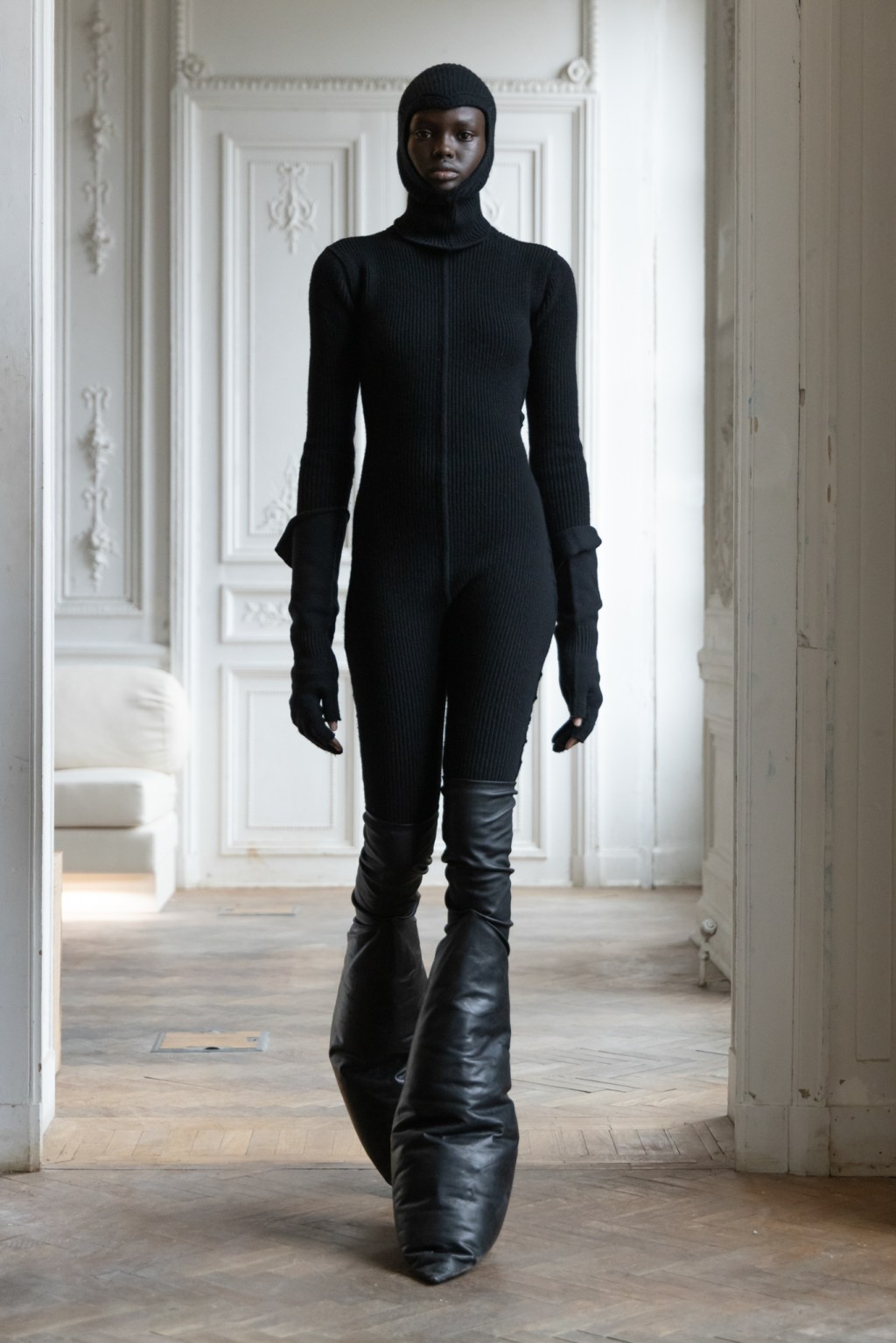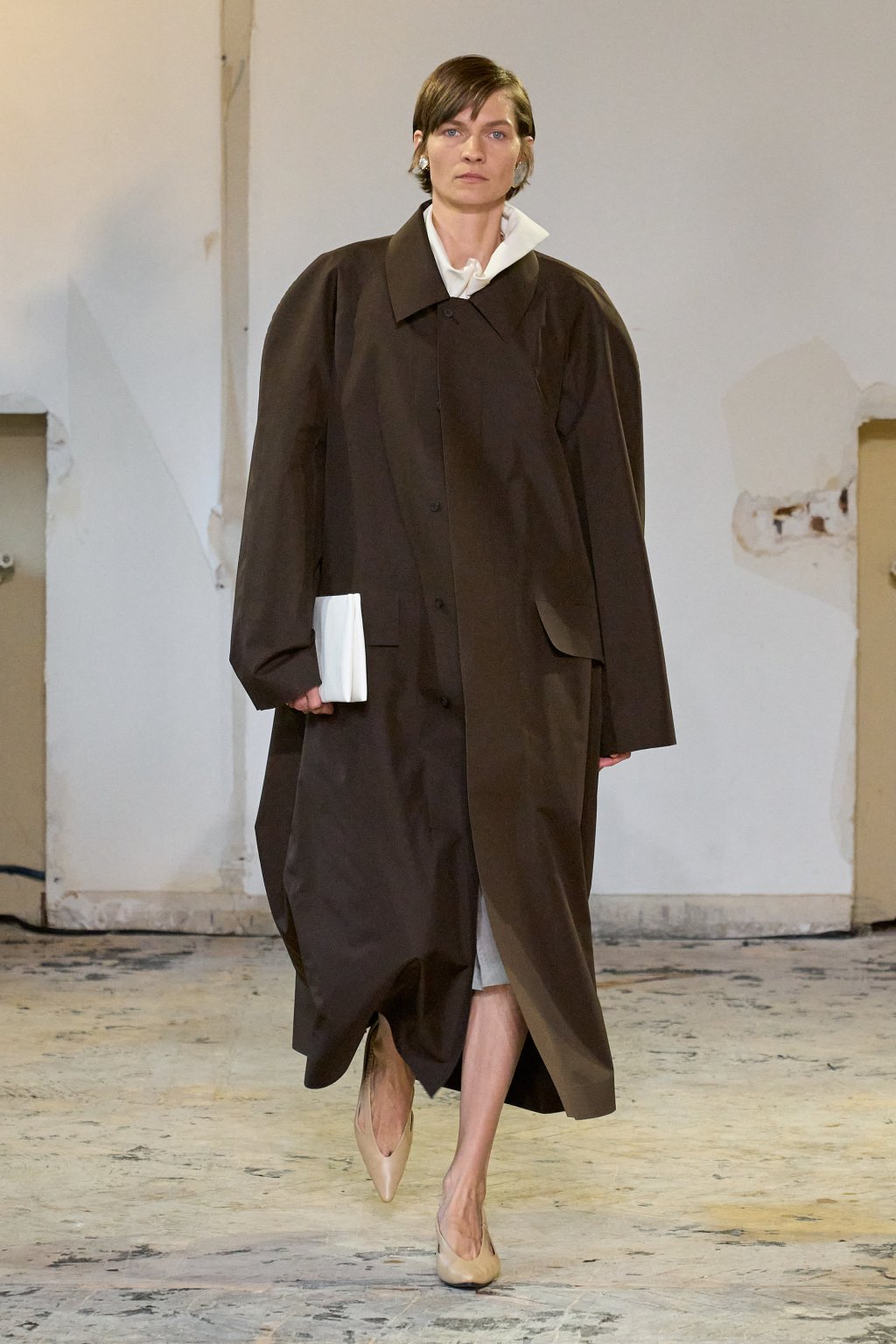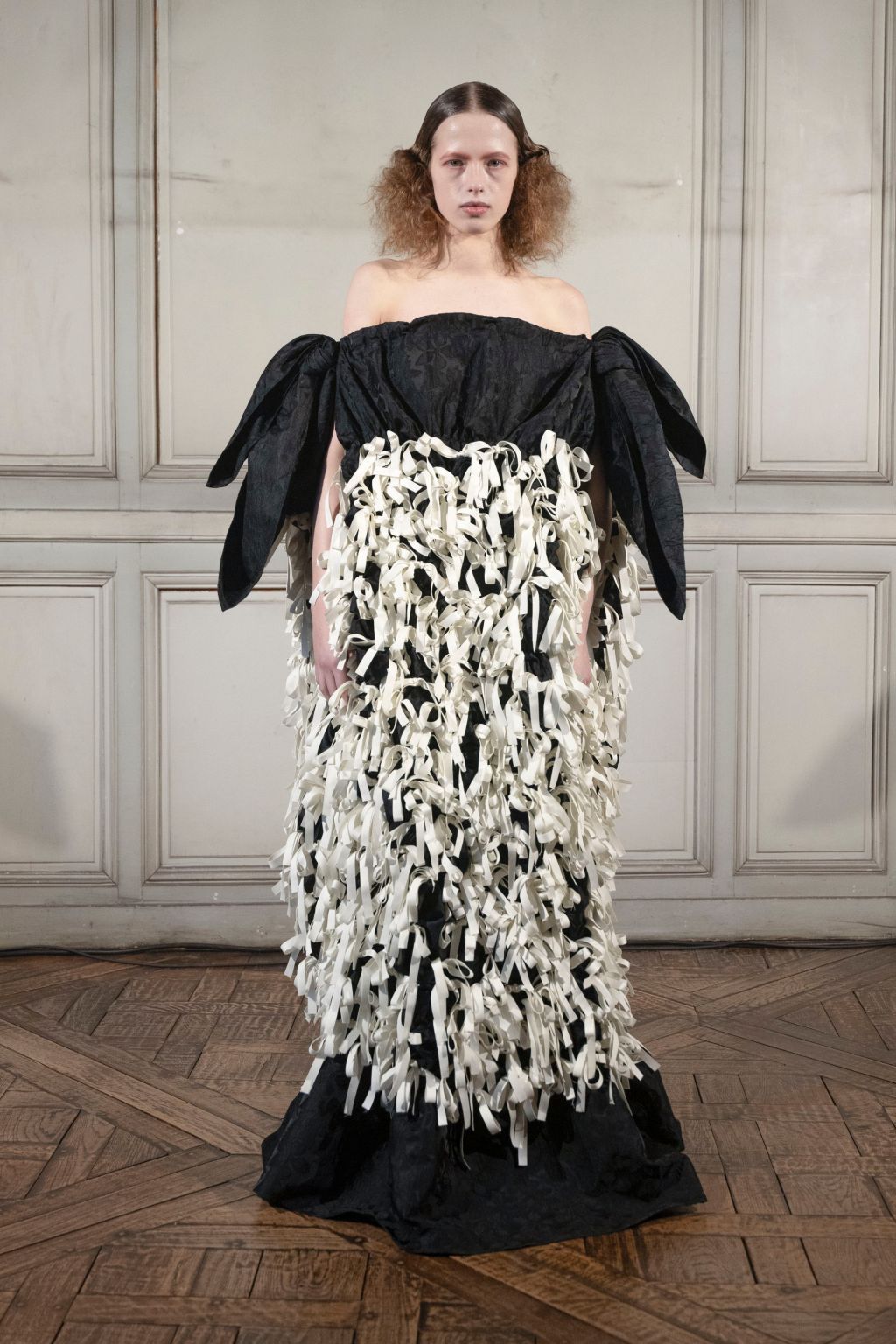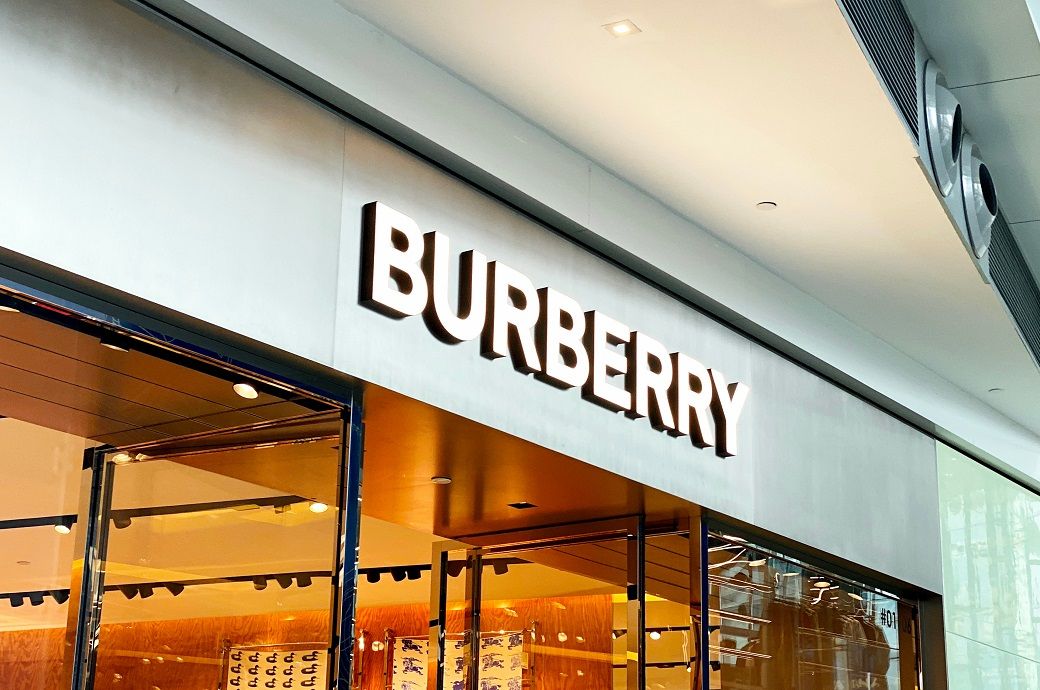When FX’s’Pose’ debuted in 2018, Voguing, a modern house dance that mimics the typical poses of runway models that originated during the Harlem ballroom dance scene of the 1980s, was a household word. The primetime show created by Steve Canals, Brad Falchuk and Ryan Murphy, the latter from ‘Happiness’ fame, brought the scene, mainly influenced by the 1990 documentary ‘Paris is burning by Jenny Livingston, to living rooms around the world. The Sundance Film Festival award-winning film and Madonna’s ‘Vogue’ with its unforgettable Marie Antoinette-inspired live MTV Awards performance were her apparent first steps into the mainstream.
The recent documentary ‘Love is in the legend.‘ by Myra Lewis, former Patricia Field buyer and seller, explores the center’s seminal 1988 ‘A Ball to Remember’ event, also spearheaded by Lewis, which introduced Seventh Avenue to competitive dance culture, thus contributing to its trajectory in current popular culture.
FashionNetwork.com spoke with Lewis, the film’s producer, director, writer and music supervisor, about the self-financed indie project, which is currently streaming on platforms including Amazon Prime, YouTube Video, Apple TV and Google TV in three languages. and soon a fourth will arrive. The film includes current interviews with Marc Jacobs, Patricia Field, model Connie Fleming and her dance partners JoJo Americo, House of Magnifique’s Steven Perfidia Kirkham, Richard Alvarez and César Valentino.
Lewis shared how the film came to premiere in person at recent house music dance parties in New York (apparently resurfacing, according to this reporter) and on the phone.
“This movie is the missing link to how ballroom dancing came into popular culture,” Lewis said.
She recalled that about seven years ago, when she researched the topic through publications, books, the Internet and television, the Patricia Field employee who co-founded the ‘Patricia Field House’ felt that the narrative did not convey the role of the boutique. objectively.

To put it in context, it’s vital to understand the store’s role in the fusion of uptown and downtown, fashion and nightlife at the time. Patricia Field was a cornerstone store focused on 80s clubwear in 8th Street in Greenwich Village, once known for its wide variety of trendy shoe stores and eclectic fashion.
The store had a collection of private labels, the most prominent tight-fitting dance clothing of the moment. Designed by Richie Cruz, who also worked in the showroom where Pat Field wholesaled her infamous see-through backpacks, the line took inspiration from traditional girdle material and gave it a sexual twist. Mesh miniskirts, halter bras with wide elastic bands, leggings and biker shorts made for the dance floor predate Skims by about 40 years. The store also pioneered sportswear and ski-inspired looks for the Avant Garde ensemble.
After discovering New York nightlife, Lewis found her way there, working at the Palladium, where she convinced Pat Field to hire her on the spot. Growing up in upstate New York, Lewis felt stifled and sought a welcoming space to express her creativity. She found this and a like-minded community at the legendary Paradise Garage nightclub, where house music legends Larry Levan and Frankie Knuckles presided over the DJ booth.
“Paradise Garage was an underground members-only club that didn’t serve alcohol. It was the antithesis of Studio 54. It wasn’t about glitz and glamour, but it was rough for people who could dance for 10 to 12 hours.” He noted that the celebrity crowd was also very different: think Grace Jones, Keith Haring, Madonna and Eddie Murphy versus Cher, Halston, Liza Minnelli, Andy Warhol and Bianca Jagger, who frequented the legendary Steve Rubell and Ian Schrager nightclub.

It was there where he met the dancer Danni Xtravaganza. who invited her to walk at the Uptown Harlem dances, and other competitors from houses like Extravaganza, LaBeija and Pendavis, who competed in Harlem’s Elks Lodge, which was recreated in ‘Pose’.
Lewis practiced Voguing in the back room of the store with co-workers who joined her in competitions competing for trophies.
“It was underground in Harlem. It was a place to find community and be free with your expression; it wasn’t the MTV scene. The common ground of the Paradise Garage was where the ball boys, Pat Field’s kids and Keith Haring pop “The Kids of the store met and hung out,” he said, noting that even Levan and Knuckles were connected to the balls.
“I found it beautiful. I experienced alienation and really needed to belong. In the ’80s, dances weren’t cool, they weren’t cool, they weren’t clubbing, they weren’t even on the radar of downtown kids clubs as an activity or scene. “This was fierce and serious competition. While the members of the Harlem house came from all over New York and New Jersey, ballroom dancing was not a phenomenon that anyone sought out if they did not belong to those communities,” he added.
Lewis would emcee the first downtown debut dance at The World nightclub with her Pat field team, including Americo, Perfidia, Fleming and Alvarez, winning trophies and forming her own house with the blessing of Harlem house fathers Pepper Labeija, Mother Angie Xtravaganza, and Mother Avis Pendavis, who also served as judges.
Meanwhile, Paradise Garage ended on September 27, 1987. The film festival-winning documentary focuses on Lewis’s idea to commemorate the first anniversary of its closure with a downtown dance. Americo was crucial to the project as he uncovered archival footage of the six-and-a-half-hour event and was equally enthusiastic about documenting the House of Field’s place in baseball history.
“I found only spurious mentions of House of Field and our Harlem Red-era status despite our documented and credited involvement in pop culture articles such as Malcolm McLaren’s 1989 song ‘Deep in Vogue’ and ‘Deep in Vogue.’ by Jennie Livingston.Paris is burningwhich postdate our first and second dance downtown in 1988,” Lewis said of her research findings.

The 109-minute film focused on the event that featured iconic judges from the fashion community, including Andre Leon Talley, Betsey Johnson, Mary McFadden, Giorgio di Sant’ Angelo and photographer Steven Meisel. Judge Debbie Harry is seen wearing Stephen Sprouse clothing and hanging out with Willi Ninja, a notable Voguer.
“It’s amazing to capture the magnitude of Seventh Avenue luminaries and ballroom icons present together for the first time in history under one roof in a raw, rustic space on Grand Street. The electricity of a communal atmosphere of “Acceptance ignited when uptown, downtown, and club culture converged to witness and experience freedom,” Lewis recalls of the event.
Field, who had worked in the business since the mid-1960s, considered the design community present as colleagues and friends. Exclusive versions of Johnson’s designs were sold in the store.
“I would go to the showroom with Pat, and after they showed us the collection, we would make changes to the pieces for our order; here we would remove a strap or shorten a skirt,” Lewis recalled, distinguishing between the downtown store and the shopping district. Fashion. “For Seventh Avenue, we were the monsters, but we were the cool kids,” she added. Lewis said Giorgio di Sant’ Angelo’s pioneering use of Lycra spandex inspired Patricia Field’s offerings.
Walking the dance in the ‘reality banjee category’ was Marc Jacobs along with his friend, former Vogue editor and stylist Elizabeth Saltzman. The late designer David Spada, best known for his Freedom rainbow flag ring sets, paraded his chainmail designs. Initially in the audience, model Veronica Webb jumped out of her seat to “compete” on the catwalk with former model and artist Lysa Cooper. DJ Johnny Dynell created the soundtrack and the New York Philharmonic performed ‘Love is the Message’ while the audience, including Lauren Bacall and Cookie Mueller, took it all in.

Malcolm McLaren, the multi-hyphenate entrepreneur who could include musician, visual artist, fashion designer and music manager on his CV, was also a judge and witnessed his first dance at the Grand Street event in 1988. Lewis recalled receiving flowers from McLaren the next day at the boutique, congratulating the young brain. McLaren also met Ninja there.
“Malcolm immediately joined forces with Willi and another dancer, César Valentino, to create the song ‘Deep in Vogue’ and the world tour. I heard the song about a week later, and my background voice was screaming all ten of the judges’ scores.” said the director.
“It was the first dance that was mentioned on Page Six,” he also noted, referring to the New York Post’s infamous gossip column.
For Lewis, a board-certified osteopathic doctor and mother of two girls who lives in Connecticut, creating the film was a complete experience.
“This film was born out of the same need to free myself from the confines of social expectations and the sense of confinement imposed by the norms of doing what is expected of someone of a certain age and education. By conducting the interviews, licensing and editing work, I found my community again, I opened my voice and stood firm in my authentic power to overcome obstacles and be free again,” he reflected.
To wit, Lewis will be a judge at The Coldest Winter Ball hosted by House of Alpha Omega, in association with Google over President’s Day weekend. Much has changed since the early days of ballroom dancing; For example, corporate sponsorships have helped turn culture into a multimillion-dollar international business. Lewis says the origins of ball culture align with today’s inclusive atmosphere.
“Shade was real. You had to earn your way, but people accepted it. Dance and music break barriers, and fashion influences how you want to express yourself. This acceptance took shape in the New York underground scene,” he explained.
In fact, the same sentiment, and one that resonates today, was expressed in the 1988 song ‘Can You Feel It’ by Larry Heard, aka Mr. Fingers of Fingers, Inc., in these lyrics:
“Jack boldly declared, “Let there be house,” and house music was born.
I am, you see? I am the creator and this is my home.
And in my house there is only house music.
But I’m not that selfish because once you walk into my house
So it becomes our home and our house music.
You may be black; you can be white; you can be jew or gentile
It makes no difference in our house.“.
Copyright © 2024 FashionNetwork.com All rights reserved.

